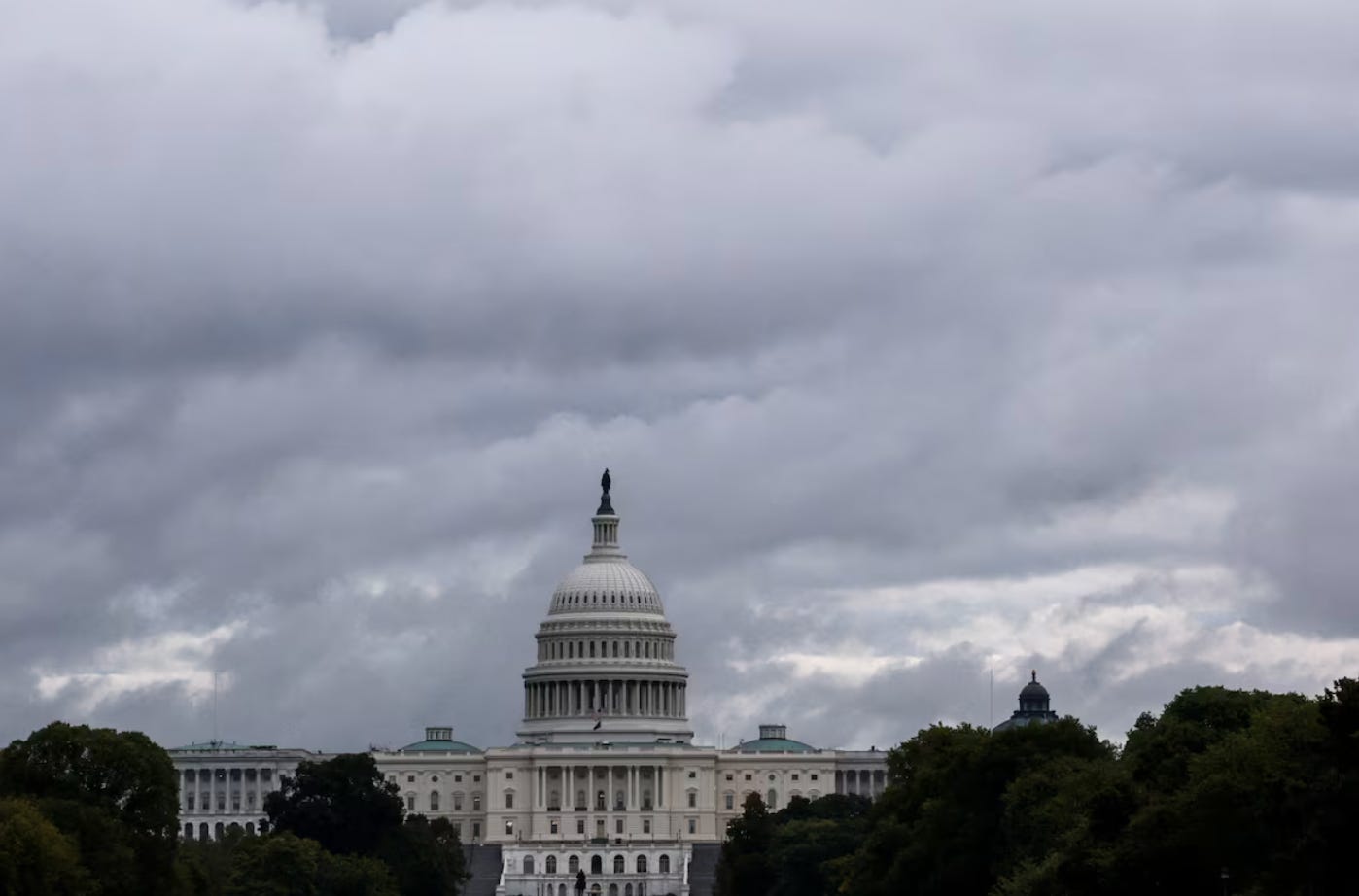Shutdown Shakes the Housing Market: Why This Autumn Might Be the Best—and Riskiest—Time to Buy or Sell
As Washington stalls and rates shift, get proven strategies—Subscribe for timely market intelligence.
The American housing market heads into mid-October with the odd sensation of an economy both cooling and on edge. Mortgage rates have finally cracked below 6.3%—their lowest level in nearly a year—but Washington’s dysfunction still stifles confidence. The federal government shutdown, now stretching into its third week, freezes everything from flood insurance issuance to USDA rural loans, effectively putting parts of the property market on ice. One national estimate warns that more than $55 billion in home sales could be delayed if the stalemate persists.
“The National Flood Insurance Program can’t issue new or renewal policies during the shutdown,” Lewis said.
For those trying to buy or sell a home, it feels like waiting in line for a train that refuses to leave the station. Deals are being stalled by missing IRS tax transcripts, frozen FHA and VA loan approvals, and delayed appraisals. In quieter suburban markets, showings have slowed as financing jitters ripple outward. Roughly one in six Americans told researchers this week that they’re holding off on major purchases until the shutdown ends.
Elsewhere, the macro picture offers a faint glimmer of hope at the end of the tunnel. Inflation continues to edge lower, giving the Federal Reserve some maneuvering room before its late-October policy meeting. Traders are betting on a quarter-point rate cut, which has already nudged the 10‑year Treasury yield down, pulling mortgage rates with it. The 30‑year fixed rate now hovers around 6.28%—a modest decline, but symbolically significant after eighteen months of stubbornly high borrowing costs. Fannie Mae still expects rates to drift toward 5.9% by late 2026, suggesting a long‑drawn reversion rather than a sudden break.
That slow unwinding is colliding with a market that has, at last, regained a bit of inventory. In many cities, new listings are up and bidding wars have mostly receded. Price growth has slowed to its lowest level since mid‑2023, and the share of homes with price reductions is quietly rising. For buyers who can stomach the paperwork delays and political uncertainty, this autumn may offer the softest landing in several seasons: less competition, a bit more choice, and sellers who seem ready to negotiate again.
For sellers, patience—and realism—are now the bywords. Homes are lingering on the market longer than they did even a year ago, and the fever pitch of the pandemic boom has given way to sober arithmetic. But pricing strategically in this environment still yields results; competitively priced homes continue to attract multiple offers, especially at the lower and middle tiers.
So, is this a buyer’s market or a seller’s? In truth, it is neither—it’s a recalibration. The wind has shifted, but not yet settled. Washington’s gridlock has rattled confidence, but the fundamentals—stubborn demand, thin supply, and slowly easing rates—are finally moving in the right direction. The smart move for both sides, at least for now, is to keep their powder dry and watch the calendar. If Congress finds a way to reopen the government and the Fed signals even a modest loosening later this month, the train may finally lurch forward again.



